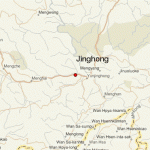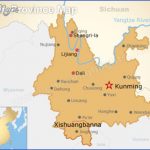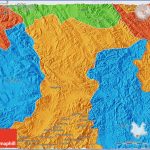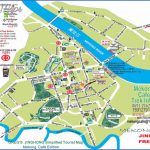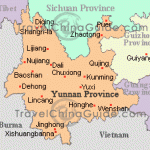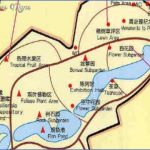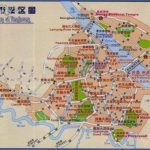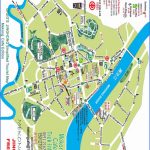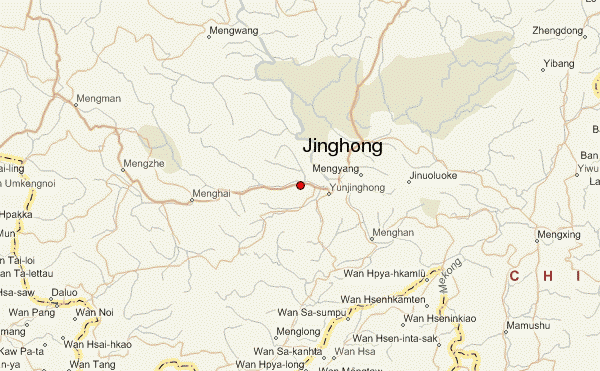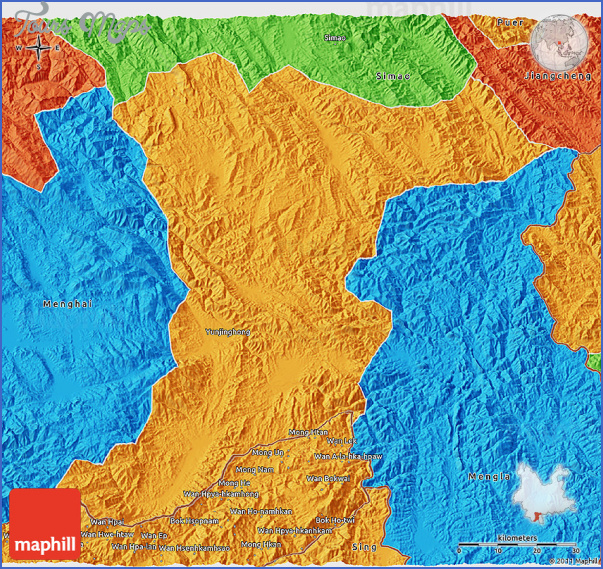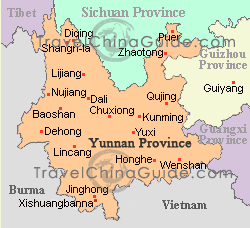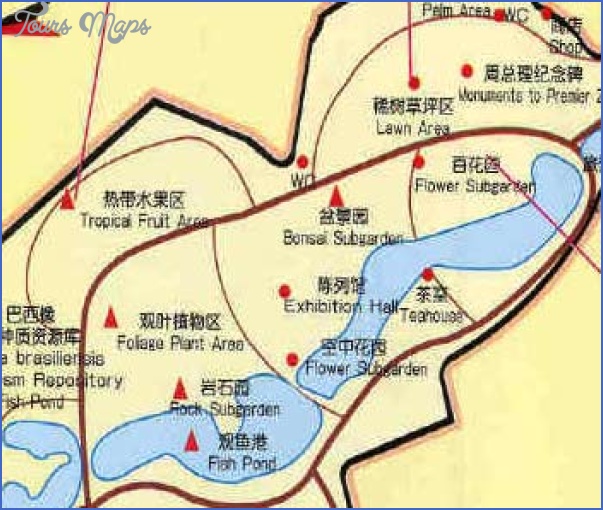Jinghong has a rich folk tradition and is the capital of the autonomous district of Xishuangbanna, whose inhabitants consist predominantly of Dai (45% of the population), as well as other ethnic groups (Hani, Bulang, Jinuo.Yi, etc). The Dai’s traditional dwellings Sre built on stilts.
Although Buddhism was very widespread here and there were many temples and pagodas, very little has been preserved.
Many tourists come to Jinghong in order to experience the water festival which takes place every year in April, the New Year festival in the Dai calendar. In joyous mood the local people make their way to the banks of the Lancangjiang and shower one another with water; the wetter people become, the more good luck will come their way. These celebrations are linked to an old legend in which the people are said to have cleansed a maiden with bucketfuls of water because she had cut off the head of a monster and in so doing had soiled herself with his blood. During the festival longship races are also held.
The nature reserve of Xishuangbanna Ziran Baohuqu surrounds Jinghong and stretches over an area of more than 200,000ha/770sq. miles as far as the borders with Laos and Myanmar (Burma). It is the largest in China and enjoys a completely balanced ecosystem. A notable feature of this nature reserve is the tropical rain forest in which rare plants, such as the podocar-pus and the cyatheaceae, flourish. The reserve also offers the perfect habitat for many species of animals, e.g. elephants, tigers, gibbons.
The 16m/52ft high White Pagoda of Damenglong (50km/31 miles south of Jinghong) was built in 1204 in honour of Shakyamuni Buddha and is surrounded by eight 9m/30ft high stupas. It is considered to be one ofthe most beautiful Buddhist buildings in the region. The base for the building is furnished by a large rock with an indentation which resembles a giant’s footprint. According to tradition it was left behind by Shakyamuni.
The Octagonal Pavilion of Jingzhen is at least 15m/49ft high and stands some 50km/31 miles west of the city, 14km/9 miles west of the village of Menghai on Jingzhenshan Mountain. The building, which was constructed in 1701, consists of three parts: the brick base, the middle section, also made of bricks, the walls of which are decorated with colourful glass patterns, and the conical wooden roof, which is supposed to have been adapated from a head-covering of Buddha. The architectural style evinces well-defined Buddhist influences.
Jinghong Map Photo Gallery
Maybe You Like Them Too
- The Best Cities To Visit in The World
- World’s 10 Best Places To Visit
- Coolest Countries in the World to Visit
- Travel to Santorini, Greece
- Map of Barbados – Holiday in Barbados

